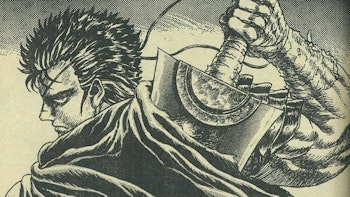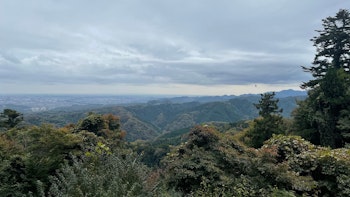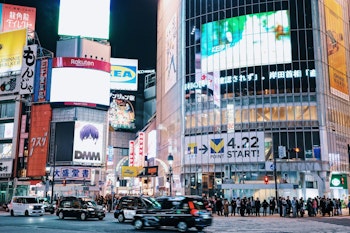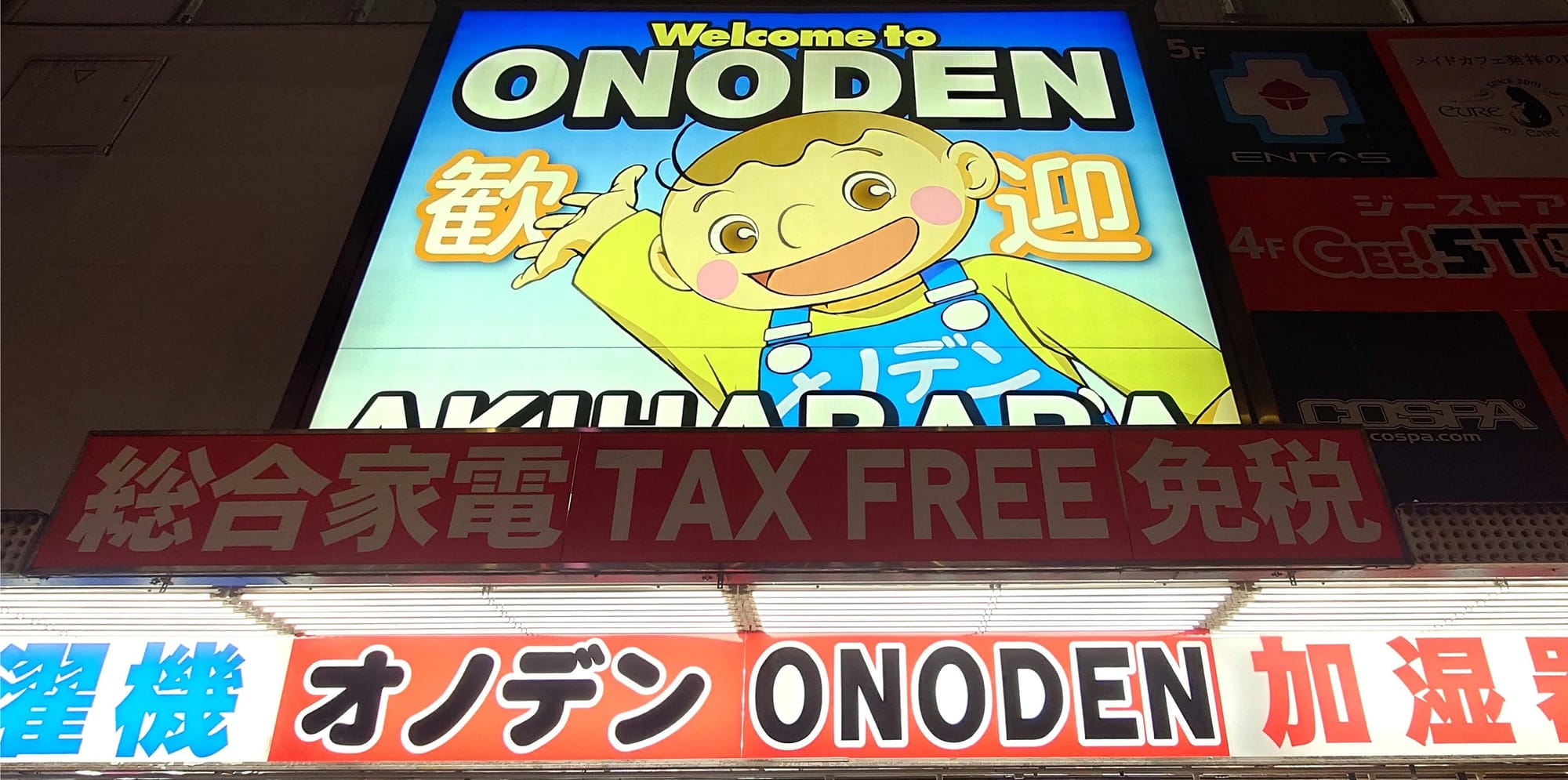
Times have changed, but some things stay the same. Onoden is one of the last stalwarts of Akihabara as an electronic tinkerer’s paradise, a store that has stood for over half a century, surviving the city’s transformation to an otaku haven over the last 40 years even as much of the remnants of this post-war Akihabara has melted away in a sea of anime girls and maid cafes. It’s been forced to adapt with the times in order to survive, yet amidst this shift has been ahead of the curve in embracing the ever-changing status of this cultural core of Tokyo.
Perhaps it’s fitting, then, that as the area becomes unrecognizable from its once-vibrant roots, its planned demolition will be the final nail in the city’s relevance as a beacon of culture.
The history of Akihabara is a well-worn story at this point, but it’s worth remembering as we discuss what’s next for an area facing a growing crisis of identity. In the ruins of Tokyo following World War II, a lack of effective governance led to a flourishing black market springing up in the area. In this time the area became a hub for household electronics, an affinity which remained as the broader city was redeveloped. The Electric Town was born, and anyone seeking used and new electronics had a home wandering its winding streets and flush stores.
The home computer and hobbyist developers attracted a nerdier audience to the city, and the affinity to use these machines to create doujin software and a shared love of the early onset of anime and manga into the mainstream soon helped the area to blossom as a hub for otaku to find community. They opened and sold their own products in the cheap-to-rent area, and within years niche model kit developers that would become trailblazers in progressing the industry, as well as iconic stores that still stand today like BEEP, would start business in the area.

Amidst it all, Onoden stood as a familiar staple, though grew to sell far more than just electronics in embracing this new otaku audience. It not only followed the trends of the region, but stood as a pioneer ahead of the curve in catering to its interests. Amidst the various businesses that rent space on the cramped top floor of its current store sits Cure Maid Cafe. Whereas concept cafes and maid cafes have found love with locals and tourists alike in adhering to a fantasy, this demure Victorian maid-inspired traditional cafe has the distinction of being Japan’s first ever maid cafe, a trendsetter for a movement that would soon overrun the area.
In this new era Akihabara was at the forefront of movements in anime and broader otaku culture. What found popularity in the city was a precursor for what would dominate the industry for years to come, while many fans would find camaraderie joining their brethren in lining up outside stores for hours ahead of a new Dragon Quest title or games console. The AKB48 theater, for a time, was the epicenter of idol music, the city its territory and the home of its fans. The reputation would make its way into popular media, and it wasn’t long before fans around the world came to associate Akihabara with the epitome of anime and Japanese otaku pop culture.
Then, something shifted. As tourism to the country grew and those fans rushed to Akihabara (typically with the cash to burn on retro video games and anime figures), this new audience became the new dominant voice of the city. The stores begun to cater to the growing number of tourists, raising prices in turn. Spaces dedicated to local otaku closed to make way for new stores catering to this demographic, and many simply moved on or found new homes in places like Ikebukuro, further perpetuating this cycle.
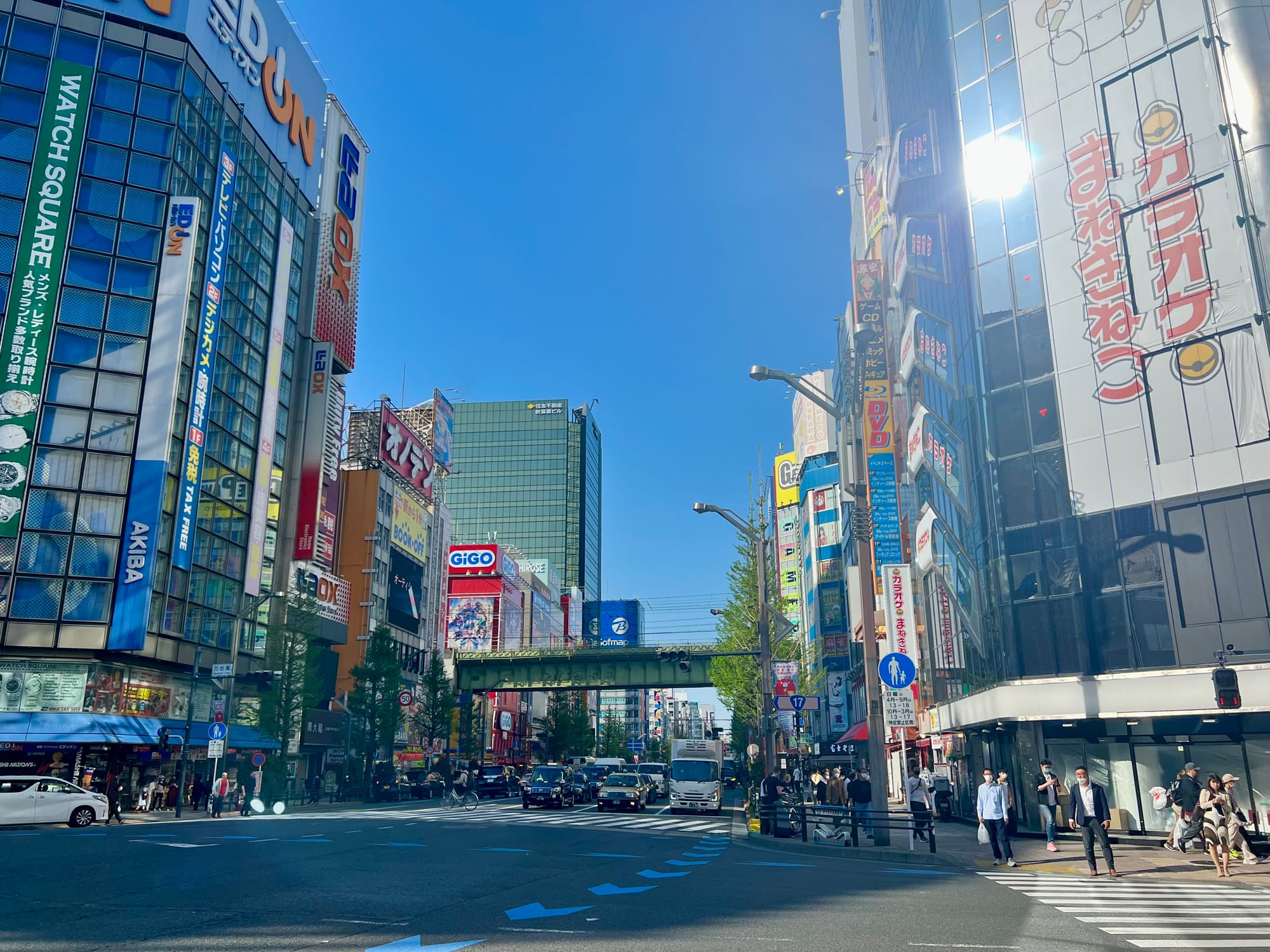
The transformation of Akihabara over the last decade has been reminiscent of that which faced Harajuku following its own influx of tourism by those seeking to see Tokyo’s fashion-forward hub for themselves. This influx chased those who built this reputation and harbored this creativity from the area, and it’s only in recent years that direct initiatives to strike a balance between this and the local people that this creative spirit has slowly begun to revive itself.
Akihabara finds itself at a similar crossroads, as it increasingly caters to tourists while chasing away the tech enthusiasts and otaku that made it a desirable city to visit in the first place. While clearly financially lucrative to cater to travelers and their loose relationship with cash, as Harajuku learned, you risk losing the identity that made people want to see the area in the first place. Wandering Akihabara in 2025 you’ll find anime figures galore. Clubs like MOGRA stand tall, BEEP and Super Potato and Mandarake and Animate and Gamers are long-standing stalwarts from this transformative era that ensure that you won’t struggle to find anything your game- or anime-loving heart desires.
But even these have changed to adapt to this new audience. The heart is gone.
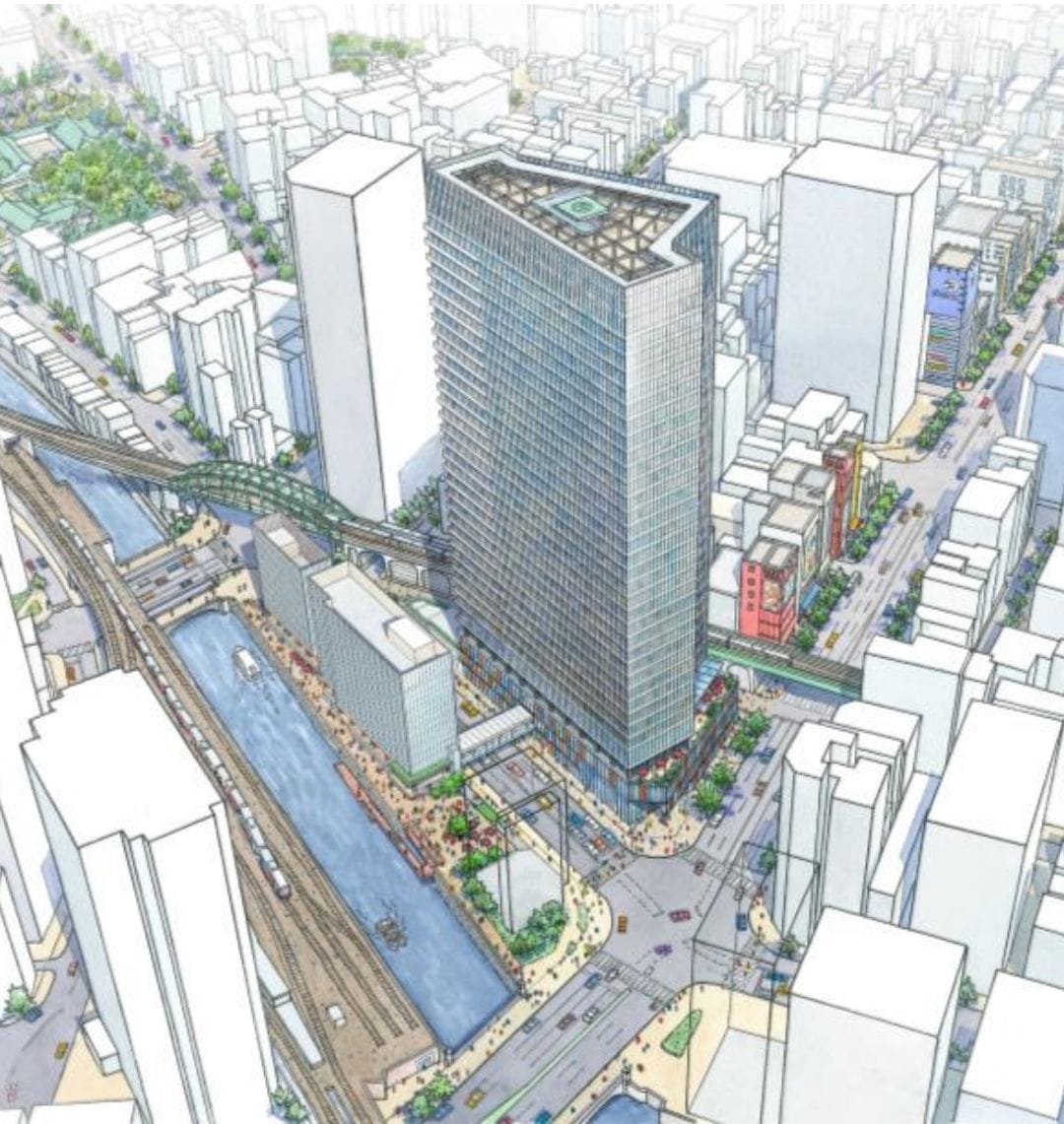
Which brings us back to Onoden. While its closure may be inevitable considering the declining customer base of the store in recent years - it can’t survive on reputation alone - recently-announced plans to replace this historically-significant store with a mix of offices, restaurants and shops, and open seating all catered to businesses and those seeking respite amidst the bustle, feels antithetical to anything the city has been in the post-war era. When these offices and stores replace the historical outlets of a once-thriving city that represented a technological revolution, what’s left?
This isn’t the death of Akihabara, nor is it the death of the city as a place where tourists will inevitably visit to stock up on anime figures and play arcade games. But it is the death of Akihabara’s history, and another part of the fabric of Tokyo that has slowly eroded in recent decades from a number of recent developments for a cleaner, consumerist city. A nail in the coffin to the idea that the city will ever reconnect to the people who built its reputation, at least in the short-term future.
As we drift further from this history, what is Akihabara - indeed, what is Tokyo - with yet another nondescript office building replacing a piece of history?




